Today started with balancing the NAS on the rotator. We added two big pieces of steel at the top to keep the rotator motor currents even as the instrument rotates.
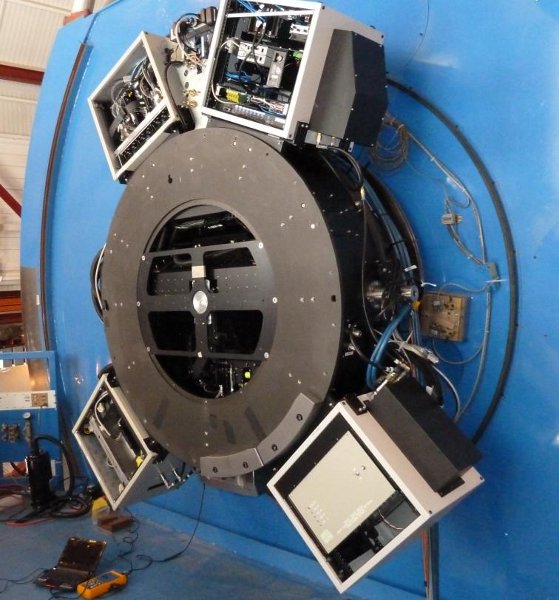
Once that was done, we attached the Anaconda – our affectionate name for the cable that we’ve been spending so much time worrying about wrapping and passing through the hole. We’re in South America, and it has almost strangled the entire project several times in the last week so it seems appropriate.
Here Jason and Tyson feed the Anaconda through the hole:
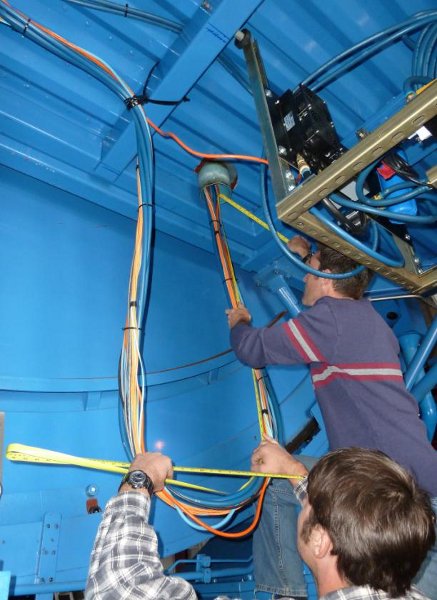
Here’s Jared connecting the data fibers:
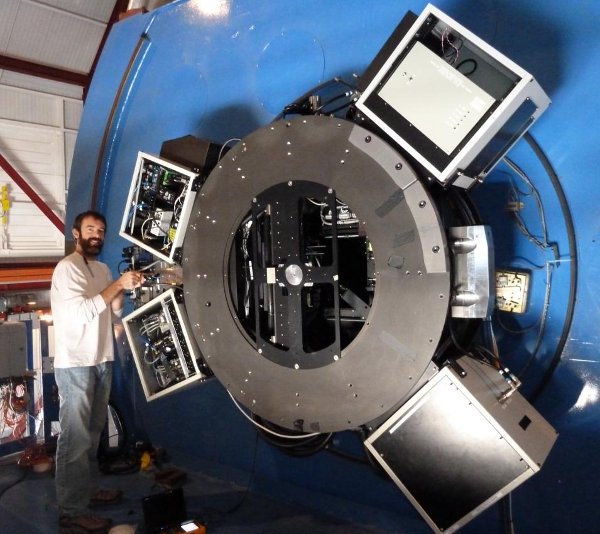
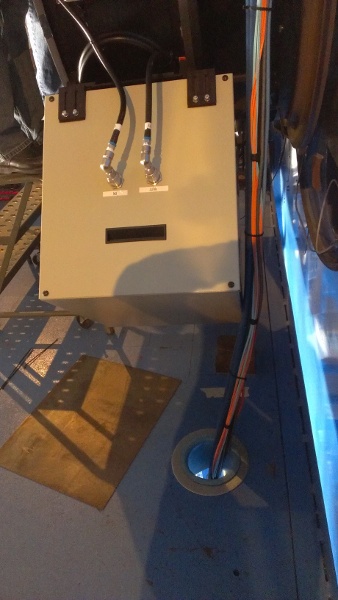
Jason was our snag watch:
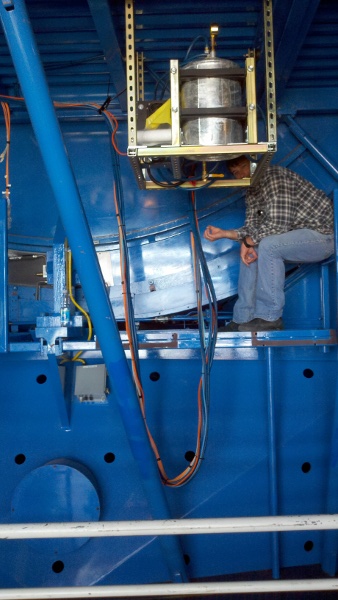
And he also connected the cooling circuit:
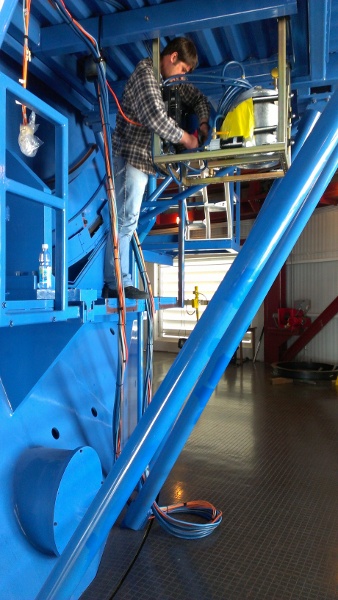
Once the Anaconda was under control, and the pumps were running, we powered up. Everything came right up, and we aligned the system on our test source.
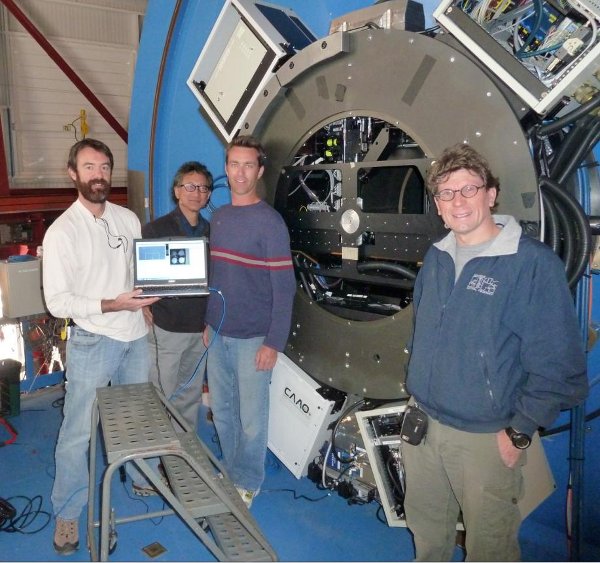
And we also made sure it works sideways:
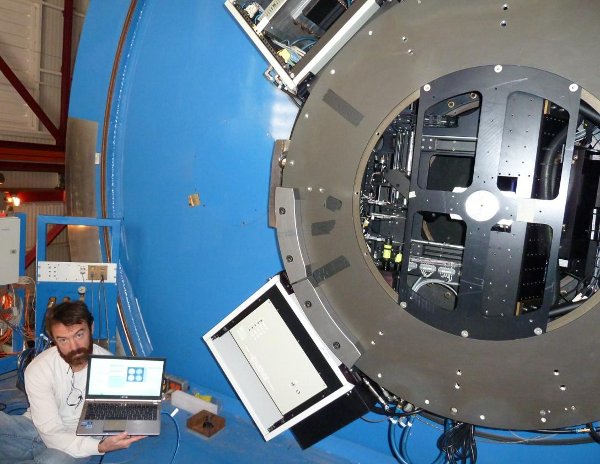
The next big item to check off our list was testing for possible collisions between our moving X-Y-Z stages and the telescope rotator bearing. The problem is that our stages move at an angle relative to the plane of the rotator ring that we bolt to, and it has a step in it so it changes height. The problem is hard to visualize, model, measure, and not worry about. To test this, we ran everything from one end to the other, with all scary combinations of full travel in the stages. Despite some doubt on the part of some, we are safe.
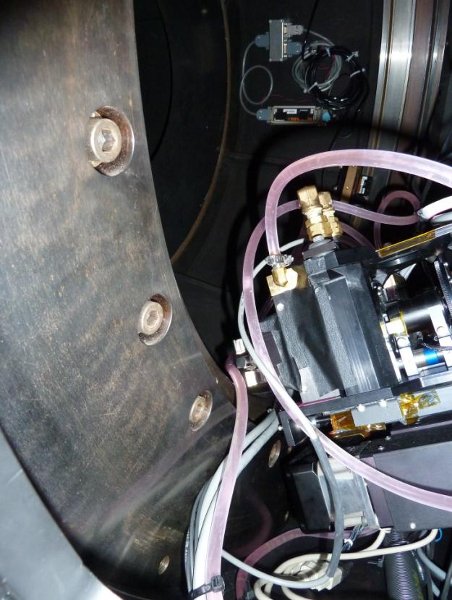
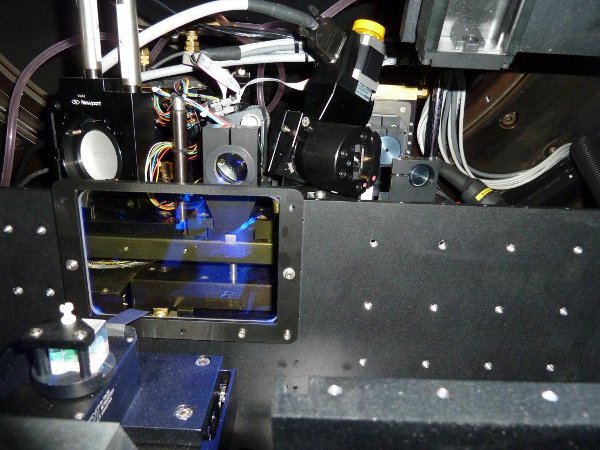
All of this initial testing was done from the platform in the dome. The next big step was to move into the control room. Here we’ve just set up the PWFS pupils of MagAO in the Clay control room for the first time:
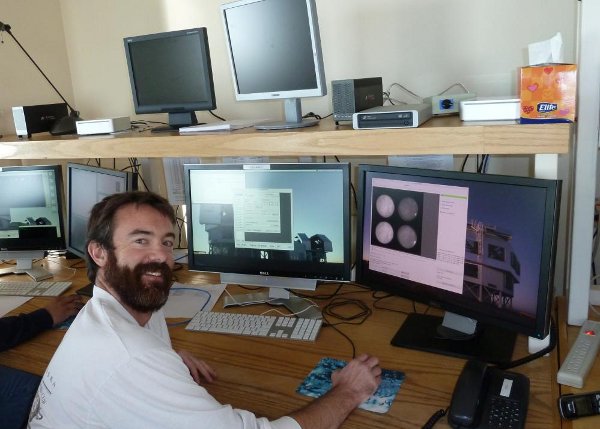
Once we moved to the control room, it was time to take control. An AO system periodically needs some help from the telescope to correct some low-order wavefront errors, such as being pointed in the wrong direction. We call this ‘offloading’. To do this, our software has to tell the telescope to move. We also send position commands to the secondary support system (the ‘vane ends’) and – take a deep breath – actually send commands that change the shape of the 6.5 meter primary mirror. We tested this process on the real telescope tonight after dinner. In this video you can see Glenn and Jared nerd-out when it all works as we planned:
We then tested the software interface for Clio2, successfully performing a ‘nod’ in RA and Dec. It’s also important that we are getting data from the telescope so that we can record it for analysis later. In this clip you can see that the VisAO system is getting information about the parallactic angle of the target, as evidenced by the rotating green arrow.
At the end of the day, we had some dark time in the dome which we used to do some scattered light tests. Our system looks really dark. We also did some read noise measurements with the CCD39 and nothing changed from the lab – a big relief. The NAS is now uncabled, and will be pulled off the telescope tomorrow morning. We still have to pack it up and put it away safely, but all of our major testing is done.
Quotes of the day:
Alan: “I’m starting to have Laird’s nightmare over here.”
Jared: “Don’t go all wobbly on me now.”
Glenn: “We’re perfect. We’re on target.”
We spotted our first horse at lunch today. Only one though.

And Jason found a whole new population of Viscachas on the other side of the Telescopes.
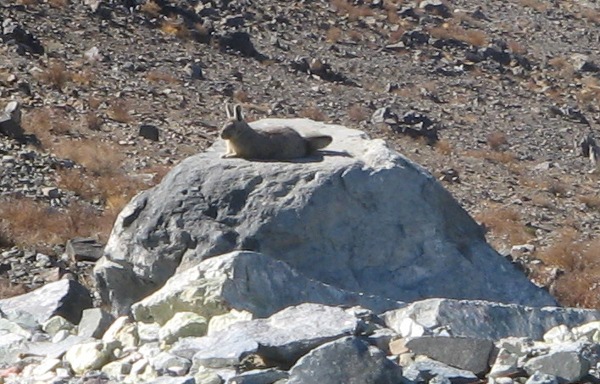
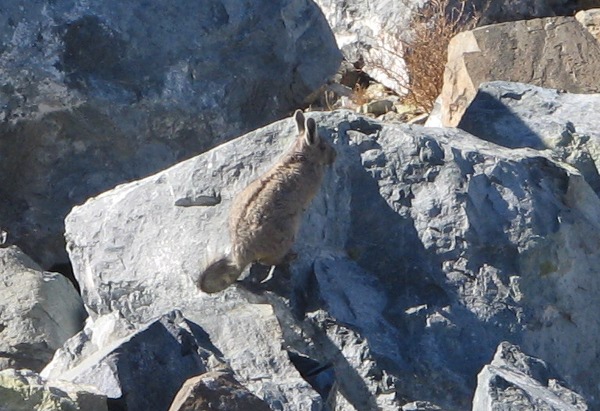
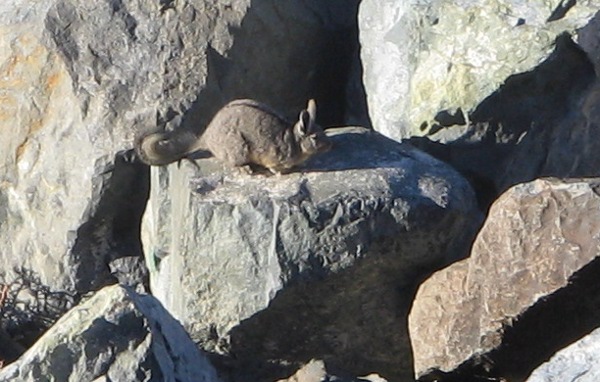
And finally some more ornithology from LCO. These little guys make a lot of noise, and until I really pay attention, my farm kid ears hear redwing blackbird. That doesn’t make sense (there are no cattails here), so I tracked the singer down.
Days without a motherboard failure: 9